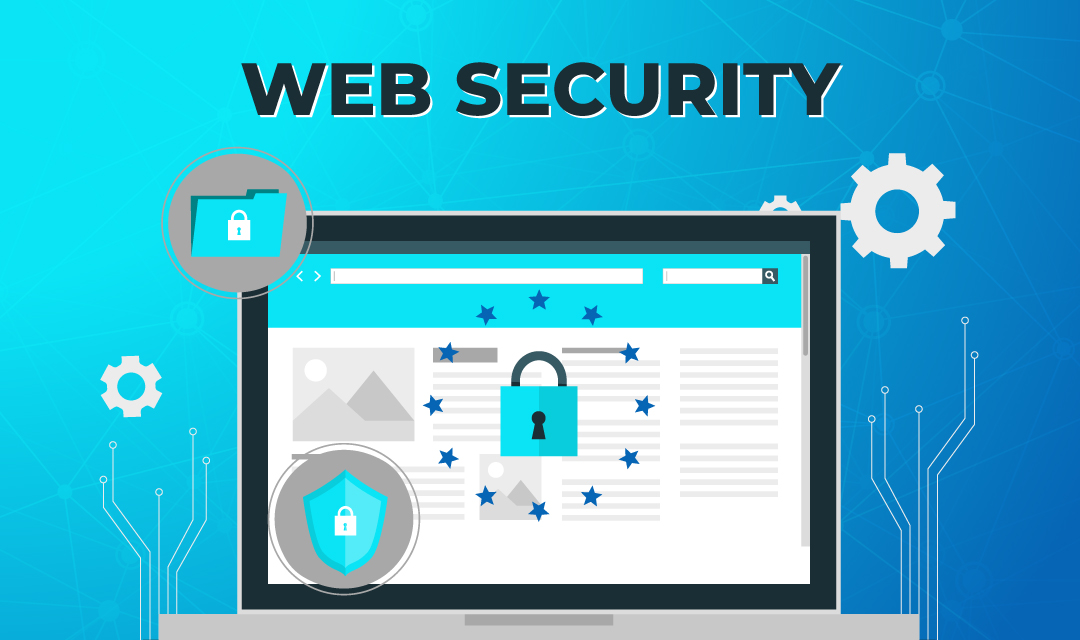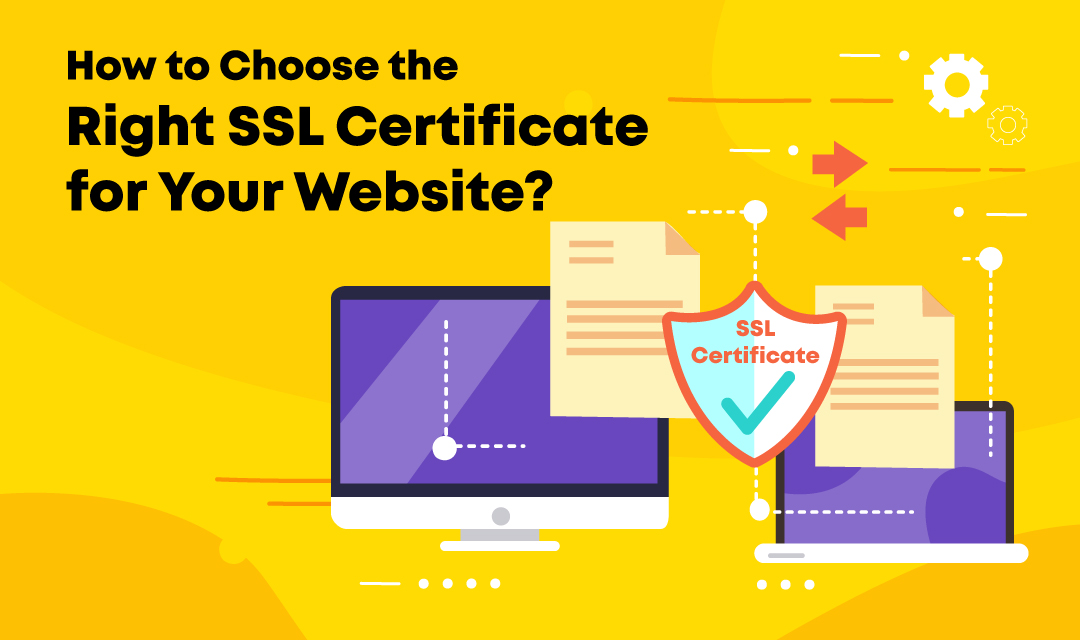
Introduction to B2B eCommerce
In the dynamic realm of digital business operations, B2B eCommerce has emerged as a fundamental component for driving growth and enhancing customer relationships. With the right eCommerce software solution, it's entirely possible to create the best B2B eCommerce website tailored to your specific requirements.
This platform is not only a tool for selling but a comprehensive solution that integrates with your existing workflows, enhances your operational efficiencies, and expands your market reach. By adopting our advanced eCommerce solutions, businesses can leverage technology to foster meaningful connections with their trade partners, streamline sales processes, and easily manage complex customer interactions. This guide delves into the essential strategies and tools for developing a successful B2B eCommerce site tailored to meet the unique demands of business clients.
Strategic Planning for B2B eCommerce
Establishing Your B2B eCommerce Goals
A well-defined goal-setting strategy is crucial for any B2B organization looking to thrive in the digital space. Goals should be SMART: Specific, Measurable, Achievable, Relevant, and Time-bound. These objectives might range from achieving a certain percentage increase in sales and expanding market reach to enhancing customer satisfaction and streamlining operational efficiencies.
Market Analysis and Customer Insights
Deep diving into market analysis helps pinpoint the evolving needs of your business customers and the strategies employed by your competitors. This involves detailed customer segmentation, identifying pain points, and understanding the decision-making process of your B2B clients. These insights are invaluable for crafting a user-centric eCommerce experience that aligns with client expectations and industry standards.
Building Your B2B eCommerce Website
Choosing the Right eCommerce Platform
The cornerstone of any successful B2B eCommerce strategy is the selection of a robust platform. Options range from customizable solutions like Magento and WooCommerce, which offer extensive plugins and themes, to more streamlined services like Shopify Plus, designed for higher volume transactions and more complex sales cycles.
Essential Features for B2B eCommerce Sites
A B2B eCommerce site must cater to the unique needs of business customers. This includes multi-tier pricing, volume discounts, purchase approvals, and custom catalogs. Additionally, features like quick reordering, predictive order management, and personalized product recommendations can significantly enhance the user experience.
Integrations and APIs
Effective integration of APIs allows for the seamless functioning of your eCommerce site with existing business systems such as ERP, CRM, and data analytics tools. This synchronization ensures that data flows smoothly across platforms, facilitating better inventory management, customer relationship management, and personalized marketing efforts.
User Experience in B2B eCommerce
Designing for Your Audience
The design and functionality of your B2B website should prioritize efficiency and simplicity, allowing users to find products easily, understand their features, and complete purchases with minimal hassle. Navigation should be intuitive, with search capabilities, filters, and comparison tools that are tailored to the needs of business buyers.
Accessibility and Usability
Ensuring your website is accessible to all users is critical. This not only helps in reaching a broader audience but also complies with legal standards. Best practices include readable fonts, alt text for images, and keyboard-friendly site navigation.
Marketing Your B2B eCommerce Site
SEO Best Practices for B2B
To effectively attract and retain business clients through search engines, your B2B site must employ SEO best practices. This involves optimizing site structure, enhancing meta descriptions, and ensuring content is rich with keywords that are relevant to your target audience.
Content Marketing Strategies
Developing a content marketing strategy that resonates with B2B buyers is essential. This could include whitepapers, case studies, blogs, and videos that address common industry challenges or highlight case studies showcasing the success of your products or services.
Social Media and Paid Advertising
Leveraging social media platforms and engaging in paid advertising are effective ways to increase visibility and attract new business. Platforms like LinkedIn are particularly valuable for B2B marketers, offering precise targeting options based on industry, company size, and job role.
Maintaining Your B2B eCommerce Site
Security Measures
Implementing state-of-the-art security measures is non-negotiable for B2B platforms, given the volume and sensitivity of the transactions involved. Regular security audits, secure socket layers (SSL), and compliance with international standards such as PCI DSS are essential to protect both the company and its clients.
Updates and Scalability
Ongoing updates and a focus on scalability are crucial to accommodate the growth of your business and technological advancements. This ensures that your eCommerce site remains at the forefront of industry developments and customer expectations.
Metrics and Analytics
Tracking Success and Areas for Improvement
Continuously monitoring and analyzing the performance of your B2B eCommerce site allows for ongoing improvement. Key metrics to track include site traffic, conversion rates, average order value, and customer satisfaction scores.
Conclusion
Embarking on the journey of B2B eCommerce website development requires meticulous planning, a deep understanding of your customer's needs, and the deployment of the right technology. By adhering to the strategies outlined in this guide, businesses can build powerful eCommerce platforms that not only meet the specific requirements of B2B transactions but also drive substantial growth and customer satisfaction.
 Guide for B2B eCommerce Website Development FAQs
Guide for B2B eCommerce Website Development FAQs
When selecting a B2B eCommerce platform, look for features that cater specifically to business transaction needs. These include bulk ordering capabilities, tiered pricing, customer-specific discounts, advanced security features, integration capabilities with other business systems, and robust data analytics. The platform should be scalable to handle growing transaction volumes and flexible enough to adapt to the changing needs of the business.
Improving customer experience on B2B eCommerce sites can be achieved by ensuring the website is user-friendly and responsive, providing detailed product information, and offering personalized customer service. Additionally, implementing features such as customized pricing, account management options, and efficient order processing can significantly enhance the user experience. Regular feedback collection and analysis also play a crucial role in continuously refining the customer experience.
Effective traffic-driver strategies involve a combination of SEO, content marketing, paid advertising, and social media engagement. Vital strategies include optimizing the site for relevant keywords, regularly publishing high-quality content, and leveraging social media platforms to share insights and connect with potential customers. Additionally, participating in industry forums and online communities can help increase visibility and drive targeted traffic.
B2B (Business-to-Business) eCommerce differs from B2C (Business-to-Consumer) eCommerce primarily in the complexity of transactions, customer relationships, and sales cycles. B2B transactions typically involve larger order quantities, higher values, and longer sales cycles. B2B eCommerce sites also need to accommodate specific business requirements such as custom pricing, bulk orders, and extended payment terms. The customer decision process in B2B is often multi-layered, involving multiple stakeholders.
Common challenges in B2B eCommerce include:
- Managing complex pricing and discount structures.
- Integrating with existing business systems.
- Providing a personalized user experience.
- Ensuring data security.
These challenges can be overcome by choosing the right eCommerce platform that supports extensive customization, ensuring seamless integration with other business tools, adopting advanced data security measures, and providing personalized and efficient customer service.
Mobile optimization is crucial for B2B eCommerce websites as more business users access online content and complete transactions via mobile devices. A mobile-optimized site ensures that users have a seamless experience regardless of the device they use, which can enhance customer satisfaction and increase conversion rates. Mobile optimization includes responsive design, fast loading times, and easy navigation tailored to touchscreens.
Share this post
Leave a comment
All comments are moderated. Spammy and bot submitted comments are deleted. Please submit the comments that are helpful to others, and we'll approve your comments. A comment that includes outbound link will only be approved if the content is relevant to the topic, and has some value to our readers.







Comments (0)
No comment